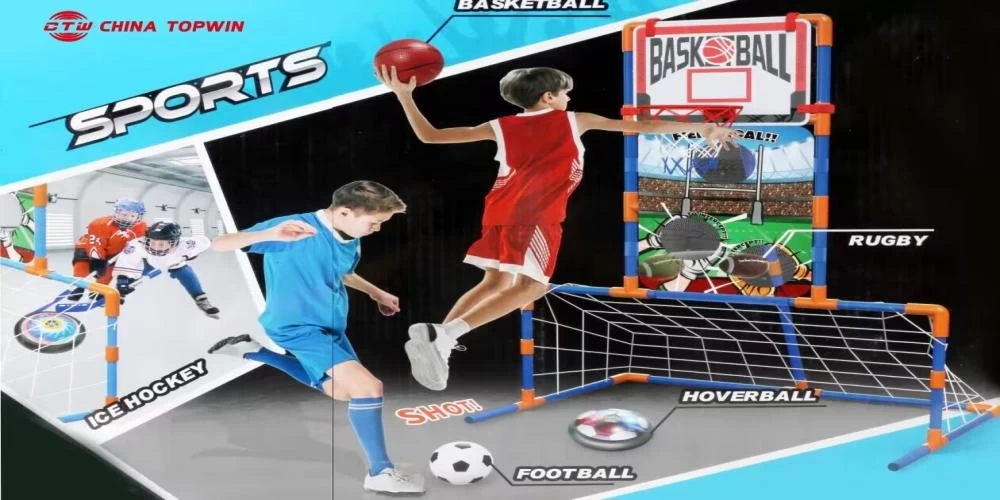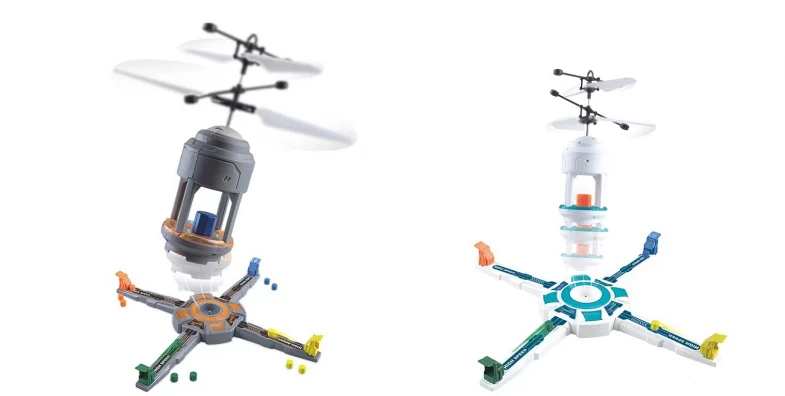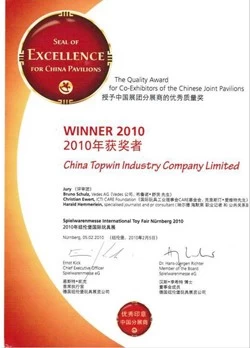Deep-sea lander: cold seep ecosystems in the South China Sea to uncover the secrets of the deep
chinatopwin
chinatopwin
2017-10-30 09:15:41
The system has been recycled for more than one year through the "science" platform

Recently, China's new generation of ocean comprehensive research ship "science" successfully

Recently, China's new generation of ocean comprehensive research ship "science" successfully
reclaimed China's first "deep-sea lander" which has been working continuously for over a year in
the South China Sea
In the past 375 days, known as deep-sea lander artificial "Ocean Eyes", at a depth of about 1130
In the past 375 days, known as deep-sea lander artificial "Ocean Eyes", at a depth of about 1130
meters north of the South China Sea, a cold spring vents, in situ observation, brought about
186000 trillion cold seep high-definition video and sensor data.
Deep-sea lander why cloth in the South China Sea cold seep? Lander carrying what high-tech
Deep-sea lander why cloth in the South China Sea cold seep? Lander carrying what high-tech
"weapon"? These data will uncover the secrets of the deep seep ecosystems which in cold seep
cloth? What is the technical difficulty of the lander? China Marine Research Institute distinguished
research officer, chief scientist Zhang Xin Lander in 2016 and test cloth on the voyage to answer.
Moved the laboratory to the bottom of the sea
The South China Sea at area, which is the main battlefield of the deep-sea lander work.
Cold spring, as the name suggests, the low temperature, but not a "cold" word can be
Moved the laboratory to the bottom of the sea
The South China Sea at area, which is the main battlefield of the deep-sea lander work.
Cold spring, as the name suggests, the low temperature, but not a "cold" word can be
summarized.
Zhang Xin said, is a cold spring water, hydrocarbon (oil and gas), hydrogen sulfide, fine
Zhang Xin said, is a cold spring water, hydrocarbon (oil and gas), hydrogen sulfide, fine
sediments as the main component, low temperature, fluid temperature and water temperature
are similar, mainly distributed in the passive continental margin and active continental margin
sedimentary slope bottom surface.
The cold spring reflects an extreme environment of the sea, but in this kind of environment and
life of a large number of organisms, they do not rely on the sun to survive, because of this, cold
spring has become the focus of Earth Science and life science research.
The study of the South China Sea cold areas are mainly located in the southwest Taiwan area.
The sea area has been cold spring activities for a long time, the formation of a large number of
authigenic carbonates, which also vents around a large number of biological enrichment, mainly
in shrimp armored submarine armor, shrimp, mussels, shrimp. The Arvin biological community is
exuberant, the depth of 1130 meters. "Zhang Xin said, after comprehensive consideration, the
project team selected on the waters of the cold seep long-term in situ observation carefully." if the
samples were taken from the ship to do analysis and research, the changes of temperature and
pressure will lead to the death of marine life, the in situ detection, the equivalent of the lab to the
bottom of the sea "
Auto wake up by programming"
At 0:00 on September 8, 2016, the exciting moment, coaxial communication cable armored with
Auto wake up by programming"
At 0:00 on September 8, 2016, the exciting moment, coaxial communication cable armored with
"science", the mother ship, deep-sea lander weighing nearly two tons, was slowly put to seep
waters off the southwestern Taiwan area.
Zhang Xin said, if a sea to a deep-sea lander is equivalent to the room, in the room set up a
Zhang Xin said, if a sea to a deep-sea lander is equivalent to the room, in the room set up a
camera to monitor the underwater life law. "It can own programming, usually every few hours
' wake up 'once, monitoring two minutes later into the dream of the cloth before the township.
That scientist has the lander conducted a month long trial laying.
And before this deep-sea lander, fixed-point observation system of the first more than a year of
And before this deep-sea lander, fixed-point observation system of the first more than a year of
work in the deep sea continuous. Zhang Xin said, let the system in the deep sea for such a long
time, the need for low power design in particular. "Every day, every system need to work four
times, every few minutes, add up to a year to consume a lot of power, in addition it also needs
the system standby power consumption"
It is particularly worth mentioning is that the lander laying position is in active cold seep.
It is particularly worth mentioning is that the lander laying position is in active cold seep.
Compared with the vast southwest Taiwan area, also with the bubble jet at the size of a
basketball court on the land, when laying to ships, submersibles and lander lander to cooperate
closely, nearly two tons a little bit accurate moved to the nozzle.
Multifunctional deep-sea operation platform
The level of science and technology, people is through the knowledge of marine navigation,
The level of science and technology, people is through the knowledge of marine navigation,
marine observation process is only the surface, short, discontinuous. With the development of
technology and promote the detection demand, researchers view not only Yu Hai, but to deep
ventured into the sea under continuous observation in the long term.
The lander is also operating platform, can complete a variety of sensor data acquisition in situ
The lander is also operating platform, can complete a variety of sensor data acquisition in situ
work, "said Zhang Xin, the deployment of deep-sea lander equipped with CTD equipment, in
order to obtain the seep area temperature, salinity and depth. In order to make the deep-sea
lander this" eye "to see more and more comprehensive, deep sea landing which can also be
equipped with other sensors, such as pH sensor, methane sensor, carbon dioxide sensor, in
situ spectral sensors.
More than 300 days to carry high-definition video system, successfully acquired high-definition
More than 300 days to carry high-definition video system, successfully acquired high-definition
video data seep near the nozzle many biological community growth evolution. Zhang Xin said
that these parameters and images, for analysis of cold seep community ecosystem changes,
life history evolution, population recruitment mechanism, biological activity mechanism and
other important basic and important biological problems the first hand data and the relationship
between the environment.
As China's longest time scale observation of in situ observation platform ecosystem, the
As China's longest time scale observation of in situ observation platform ecosystem, the
recovery of the system and data will also become a key environmental parameters and the
answer at the upper water hydrodynamic process, key scientific problems in the relationship
between geological activities, enhance deep-sea ecosystems in China's international influence.











